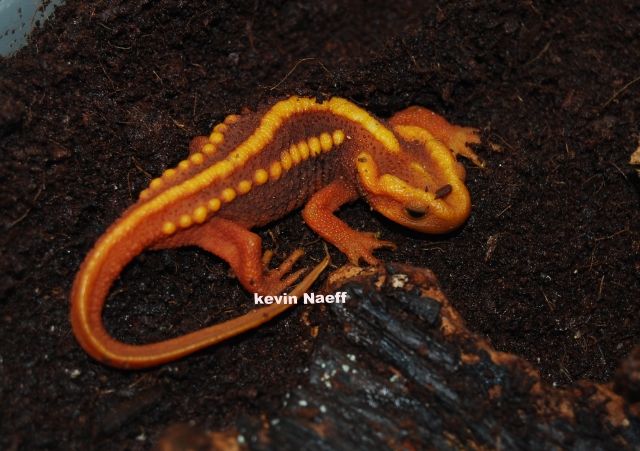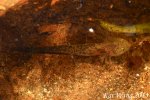zhanggeer
New member
- Joined
- Nov 8, 2011
- Messages
- 76
- Reaction score
- 6
- Points
- 0
- Location
- CHINA
- Country
- China
- Display Name
- Legend of the Dragon
They're the most beautiful newts i have ever seen.
http://www.caudata.org/forum/member...otriton-pulcherrima-picture30436-img-1195.jpg
http://www.caudata.org/forum/members/zhanggeer-albums-tylototriton-pulcherrima-picture30437-2.jpg
http://www.caudata.org/forum/member...otriton-pulcherrima-picture30436-img-1195.jpg
http://www.caudata.org/forum/members/zhanggeer-albums-tylototriton-pulcherrima-picture30437-2.jpg


